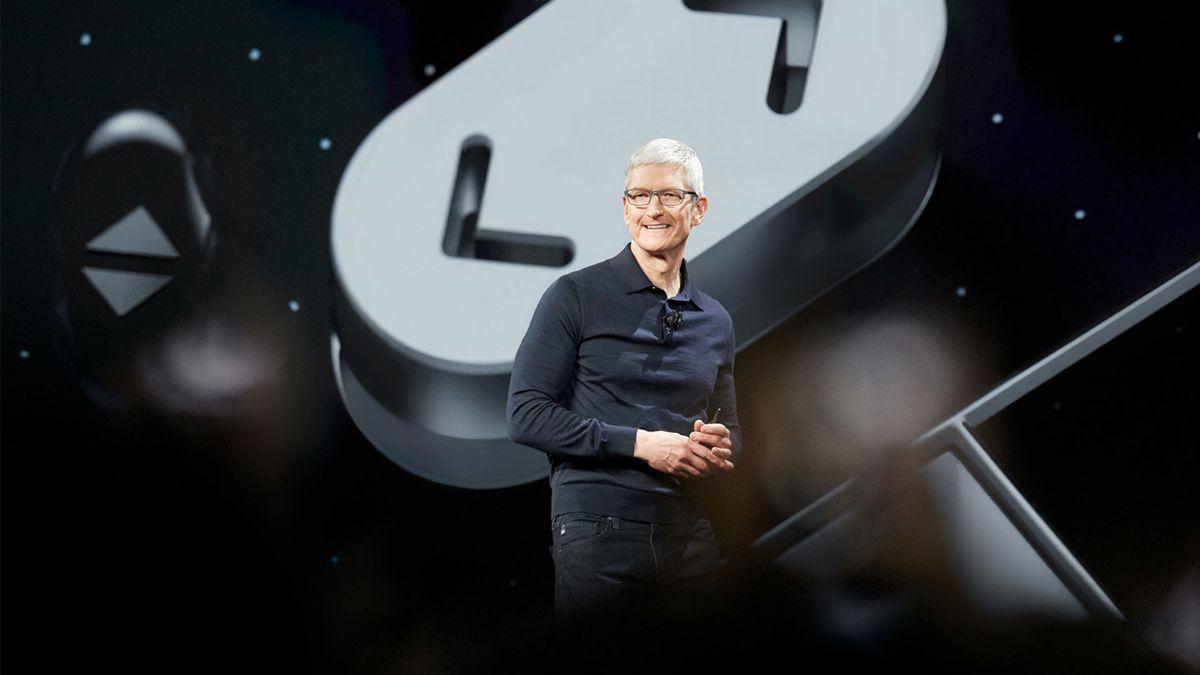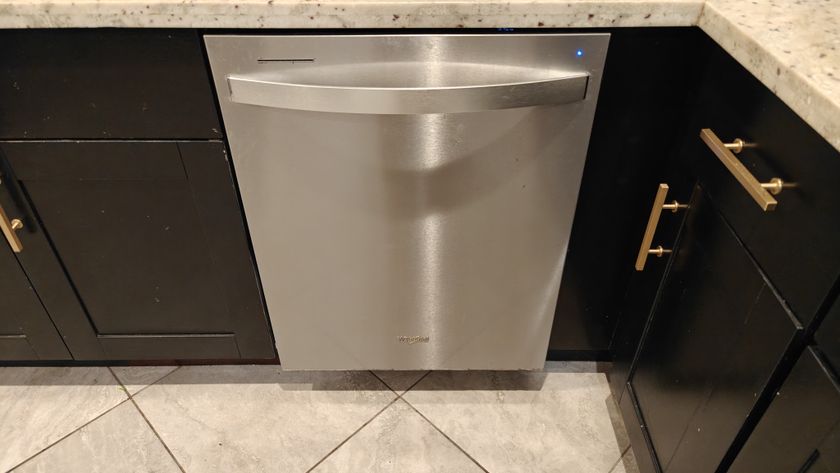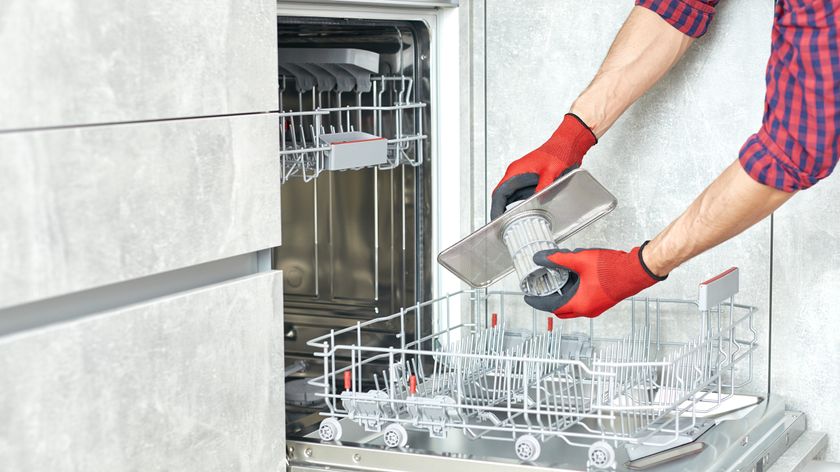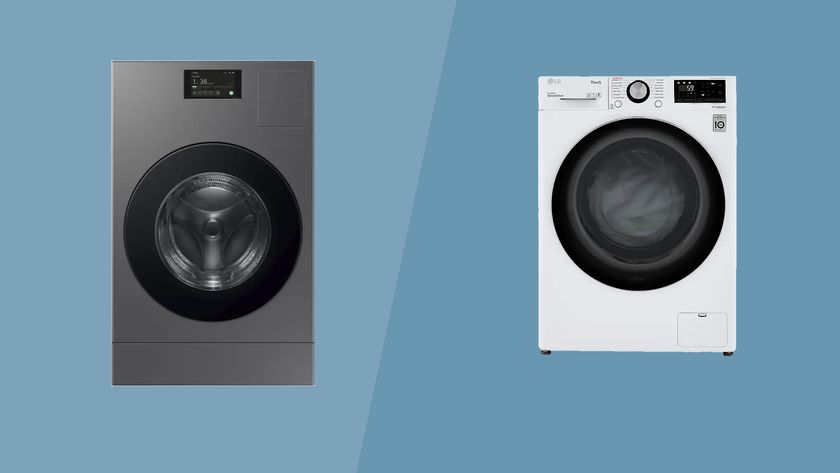Can you believe the iPhone is over 15 years old? It's been a decade and a half since we first saw the device debut, with Steve Jobs switching between apps on stage and ordering a fleet of lattes.
In the years since, iOS has matured considerably. We've seen multitasking, new camera features, iMessage, Apple Maps, and plenty more, while the iPad has gone from just running iOS on a larger screen to offering its own offshoot, iPadOS.
Both platforms are now in a pretty good place, but there's plenty more that can be done to improve their usefulness and the user experience. Recent updates have brought the likes of Widgets and iPad-specific multitasking, but here's what we want to see in iOS 16 and iPadOS 16 this year.
What we want to see from iOS16
IOS remains Apple's premier platform in many regards, and while it's certainly a "walled garden", it does run well on a wide variety of iPhones. In fact, iOS 15 still runs on a 2018 iPhone XR.
Still, we have some thoughts. For one, widgets are really nicely implemented right now (after first debuting in iOS 13), but there's more that can be done. At the moment, they're predominantly "display only", offering a look at your calendar appointments, your to-do list, and more. Tapping the widget takes you to the app, but what if there was more that could be done from your Home Screen? We'd love to see interactive elements, like tapping a plus button to add a new reminder on the reminders widget, or being able to scroll through your calendar appointments without opening the app. On the subject of tweaking recent additions, we'd also like to see the App Library icon on the Home Screen, just like it is on iPadOS.
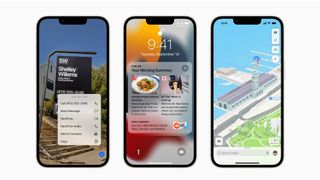
As iPhones offer larger and larger screens, we're hoping we'll one day see some multitasking options that take advantage of the Pro Max lineup at least. It's a sizable canvas, and since Apple really doesn't do a great deal with landscape orientation anymore, we reckon a method to put two apps side-by-side could be great for power users.
One thing that may need to be tied to a hardware revision would be an always-on display. The iPhone range has adopted OLED displays over the last few years, making an always-on display more of a possibility simply because it minimizes the battery drain by not backlighting black areas of the screen. This could mean at-a-glance notifications without needing to activate your device.
Finally, we'd love to see the option to add the battery percentage indicator to your device -- especially since the notch keeps getting smaller.
What we want to see from iPadOS 16
It would be fair to say that iPadOS 15 was an iterative release, but it's high time Apple gets serious about its tablet operating system.
For one, we're still itching for multi-user support. The ability to switch users to allow multiple iCloud accounts on the same iPad may seem trivial to some, but in theory it could log you into all of your apps and keep your items siloed away - just like they are on macOS.
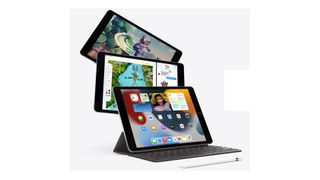
If you've plugged an iPad with USB-C into a monitor in recent years, you'll know all too well that external monitor support is lacking. At the moment, you can mirror your display, but only at 4:3 aspect ratio which leads to big black bars on either side. Not only does Apple need to work out a way to hit that 16:9 sweet spot, but we're hoping we can use it to extend our display, rather than solely mirror it.
For many, the iPad is a consumption device for books, movies, and music, but Apple has attempted to shed that by adding more "pro" functionality, as well as the more obvious iPad Pro line. That's great, but File management is key for many professional workflows, and it's still lacking. IPadOS 15 added basics like a progress bar for copying, but there's still a reliance on shortcuts for things like batch edits. Here's hoping it grows into something more akin to Finder in the future.
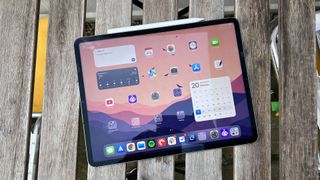
On that subject, we wonder if it's time for iPadOS to ditch the Home Screen entirely -- at least in its current iteration. Imagine a more desktop-like structure with files and apps dotted where you want them, and the ability to right-click, drag and drop, and more. It's unlikely, sure, but something to consider.
Finally, a long-term request: Apple's pro apps need to make the jump to the iPad. Final Cut and Logic may have been constrained by the hardware in years prior, but Apple now has the M1 chip in the iPad Pro. Sure, it's not a copy and paste job to port it across, but it feels as though it's now or never.
